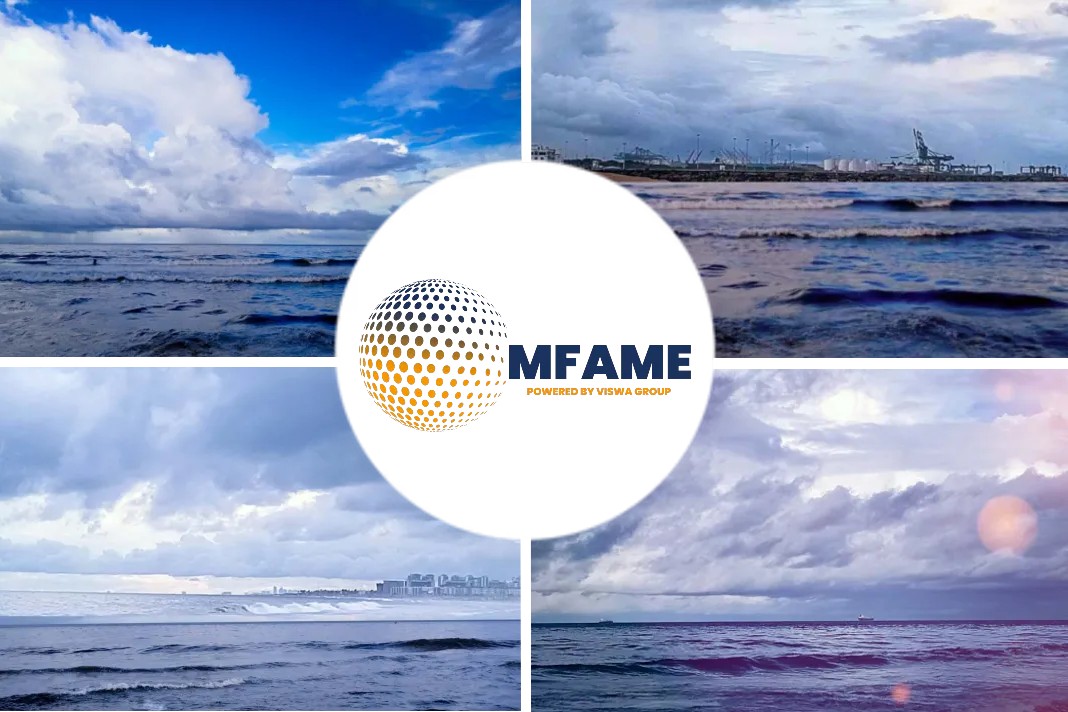- Odfjell Oceanwind plans to order the first batch of floating Mobile Offshore Wind Units (MOWUs) later in 2022, with a plan of going into operation in 2024.
- The first MOWUs are intended for the electrification of offshore oil and gas installations.
- DNV has previously verified that MOWUs with WindGrid™ may contribute with up to 60-70 per cent reduced emissions compared to power generation from gas turbine generators alone.
Odfjell Oceanwind plans to order the first batch of floating Mobile Offshore Wind Units (MOWUs) later in 2022, with a plan of going into operation in 2024, says an article published on offshore energy website.
Developing a fleet of floating MOWUs
The units will be operated as one fleet under Odfjell Oceanwind’s management.
Odfjell Oceanwind, part of Norway’s Odfjell Group, is developing a fleet of floating MOWUs with the primary purpose of supplying electricity to off-grid or micro-grid consumers. The company will operate as a ‘shipowner’ and the MOWUs are provided on a rental basis.
The first MOWUs are intended for the electrification of offshore oil and gas installations.
AiP for Deepsea Semi™ floating wind foundation design
DNV has now awarded Odfjell Oceanwind an Approval in Principle (AiP) for their Deepsea Semi™ floating wind foundation design.
The Deepsea Semi™ floating wind foundation design has been developed for use in floating wind farms and for off-grid applications including temporary electrification of oil and gas installations in harsh environments.
The foundation is dimensioned for up to 15 MW wind turbine generators and has been developed for low-cost, industrial mass-production, DNV said.
The design basis includes all areas for floating wind farms currently in planning in the North Atlantic region, including ScotWind and Utsira Nord, and covers a range of 60 to 1300 metres water depth.
It is optimised for Siemens Gamesa’s SG 11.0-200DD and SG 14.0-222DD offshore wind turbines and is undergoing classification and certification from DNV on that basis.
The AiP is part of this ongoing class approval process involving Odfjell Oceanwind, Siemens Gamesa, and DNV.
”Building on the long-term relationship with DNV, we have chosen to work closely with them from day one in our development and will continue to do so for the class approval and certification of our fleet of Mobile Offshore Wind Units. The mindset from shipping that we share with DNV has proven very valuable for us in creating a product and service for floating wind power that scales much faster than what we have seen in the industry before”, said Per Lund, CEO of Odfjell Oceanwind.
WindGrid™ module
The Deepsea Semi™ design also allows for an integrated WindGrid™ module, using hybrid technologies and energy storage for uninterrupted power supply to installations not connected to a larger power grid.
The WindGrid™ module has been designed and optimised by Siemens Energy based on its experience in oil and gas and grid applications to enable energy storage systems, including the BlueVault™ battery energy storage and BlueDrive™ converters.
DNV has previously verified that MOWUs with WindGrid™ may contribute with up to 60-70 per cent reduced emissions compared to power generation from gas turbine generators alone.
”Novel solutions need the grounding of solid technical standards to build the trust that is essential for them to succeed in the market. An Approval in Principle from DNV demonstrates that a solution has the fundamentals in place to progress based on rigorous and state-of-the-art standards. We look forward to continuing to work with Odfjell and Siemens Gamesa on the ongoing classification and certification process,” said Erik Henriksen, Director of Business Development – Offshore Classification at DNV.
Did you subscribe to our daily newsletter?
It’s Free! Click here to Subscribe!
Source: offshore energy






















